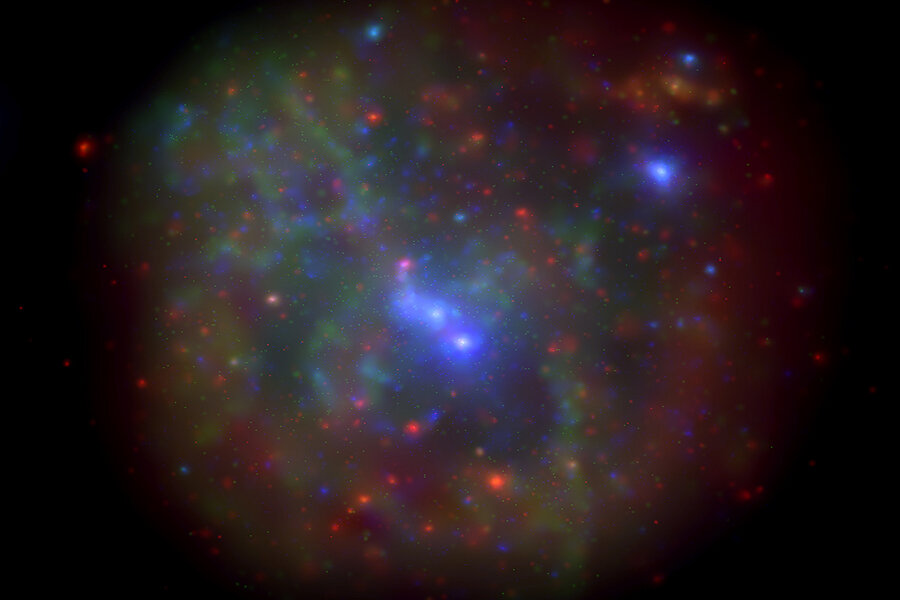Humongous black hole to snack on gas cloud, say scientists
Astronomers say that a collision at the Milky Way's core could light up the skies.
In the next few months, a gas cloud called G2 is expected to collide with Sagittarius A*, the supermassive black hole at the center of our galaxy, according to a University of Michigan press release. Astronomers observing the movement of the gas cloud expect to see a change in its brightness.
However, they are unsure about how "spectacular" the collision will be, simply because they aren't sure about the composition of G2.
If G2 turns out to be all gas, the region around the black hole would glow in X-ray band for years as the black hole slowly devours the cloud, according to the press release. Black holes have powerful gravitational field, but are effectively invisible because they do not allow visible light to escape them.
But as the gas hurtles toward the black hole, it will become hot, emitting X-ray radiation. There is also a possibility that G2 could be covering an old star, in which case the display could be less dramatic, say scientists.
"I would be delighted if Sagittarius A* suddenly became 10,000 times brighter. However it is possible that it will not react much—like a horse that won't drink when led to water," said Jon Miller, associate professor of astronomy at the University of Michigan, who is part of a team that is monitoring the movement of the cloud with NASA’s orbiting Swift X-ray telescope.
"If Sagittarius A* consumes some of G2," he said, "we can learn about black holes accreting at low levels—sneaking midnight snacks. It is potentially a unique window into how most black holes in the present-day universe accrete."
This will also help scientists study the area surrounding the black hole and contribute to better understanding of galaxies, Pepi Fabbiano, senior astrophysicist at the Smithsonian Astrophysical Observatory, told The Monitor.
This can contribute in better understanding of galaxies, as well as evolution of the universe, says Dr. Fabbiano. Supermassive galaxies are believed to be present at the centers of all elliptical and spiral galaxies.
Black holes eat matter from their surroundings and blow matter back. "The way they do that influences the evolution of the entire galaxy—how stars are formed, how the galaxy grows, how it interacts with other galaxies," said Nathalie Degenaar, who leads this imaging effort as a Hubble research fellow in the Department of Astronomy at the University of Michigan.







